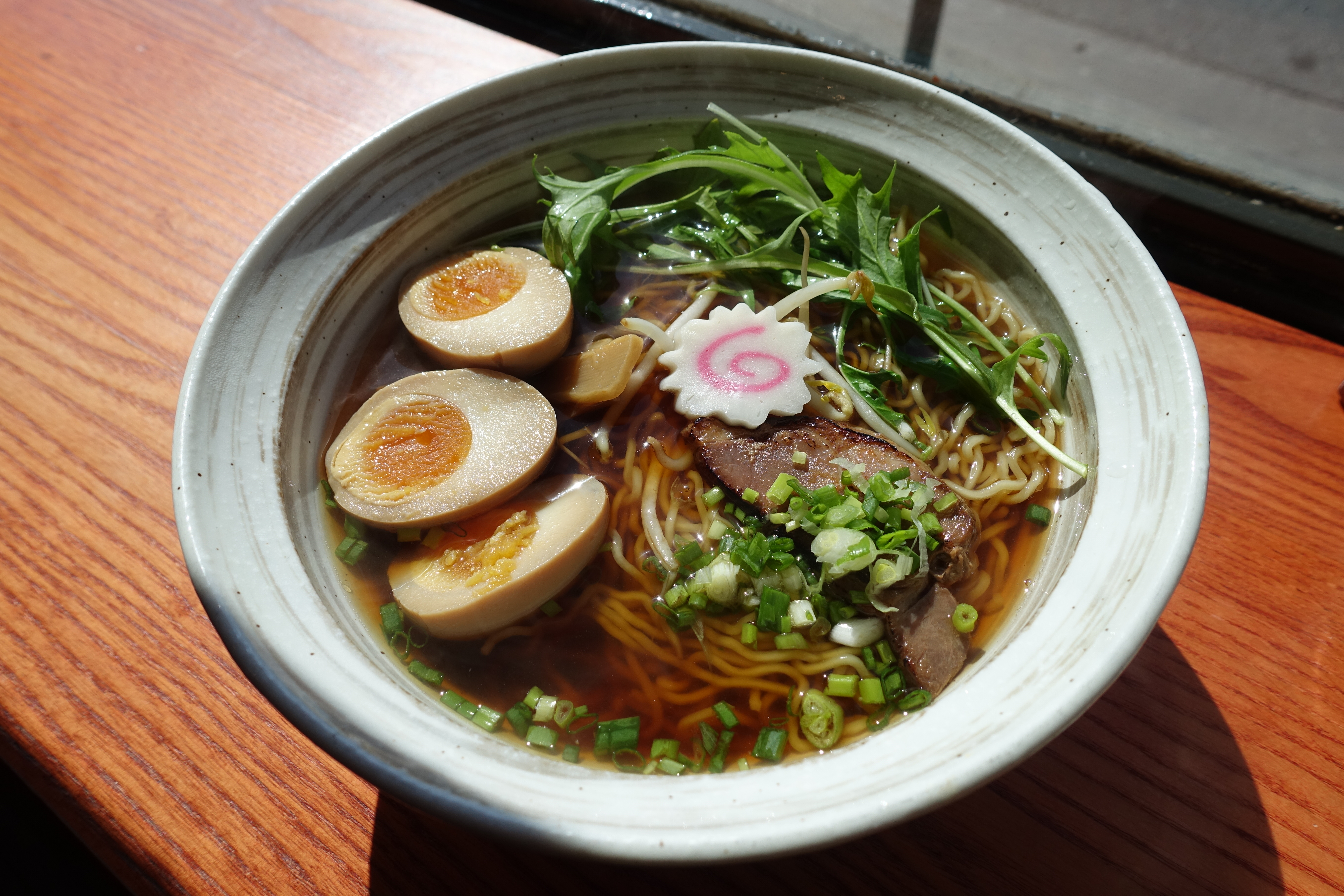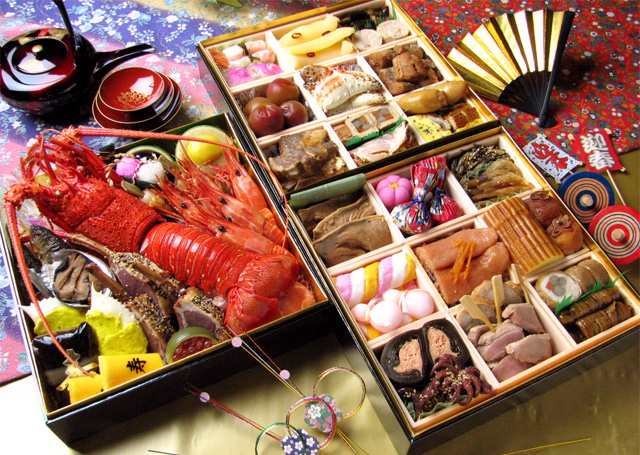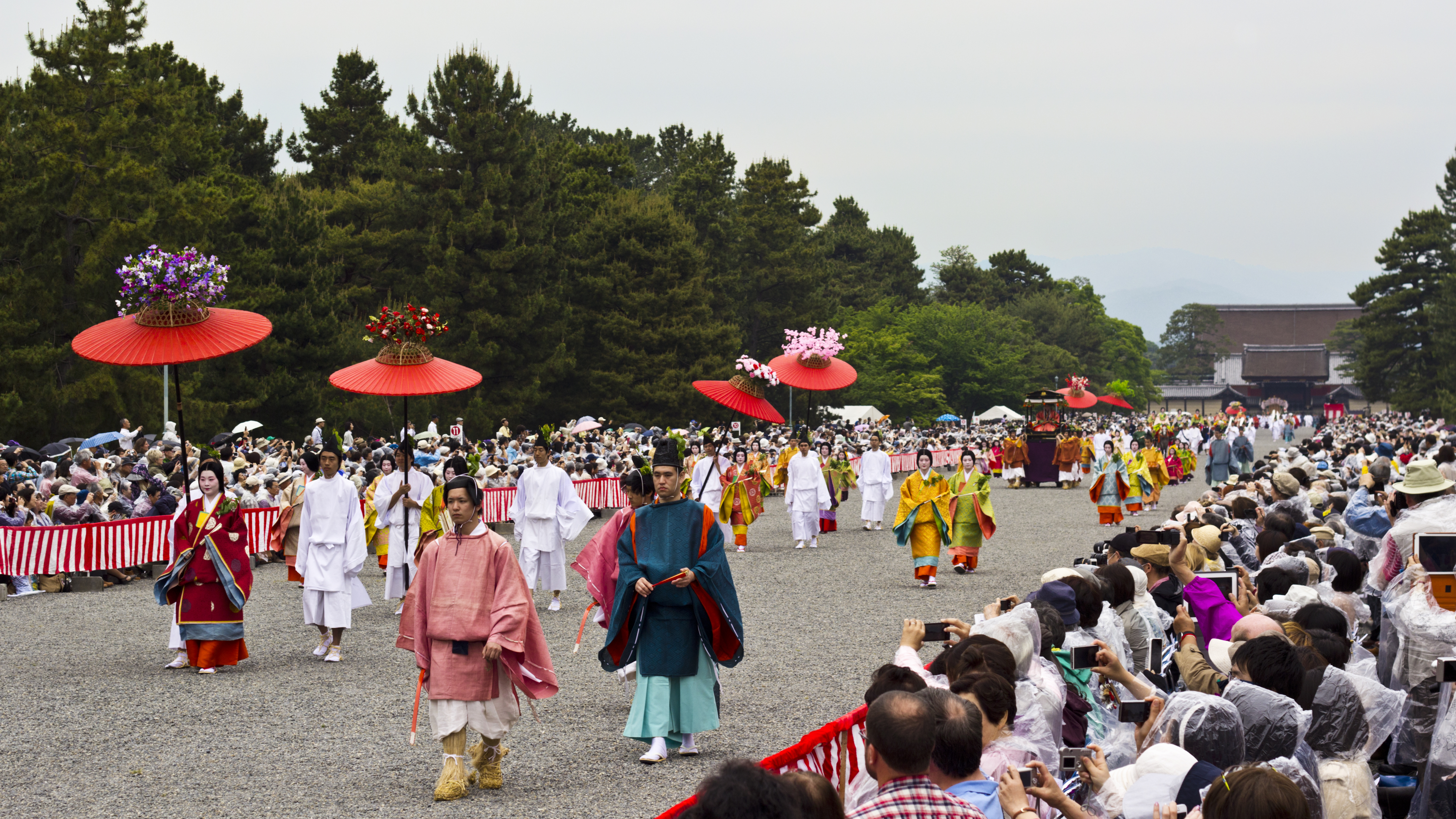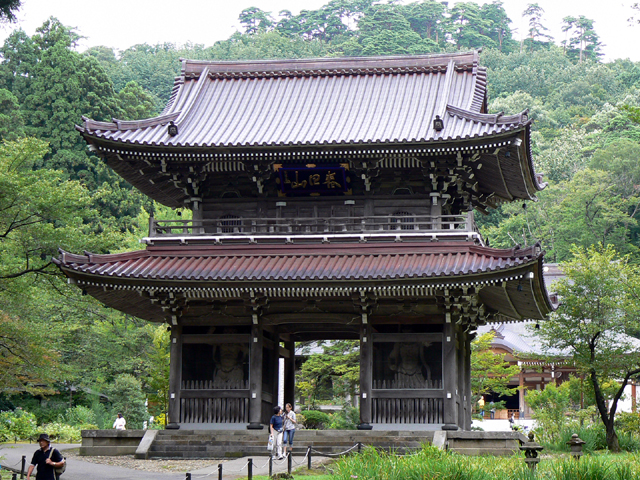|
Noppe Jiru
is a traditional stew served throughout Japan. It has many different names depending on the region, but its most famous version is from Niigata, known as either Noppe, Noppei, or Noppe-jiru. Noppe is generally made from left-over vegetable parts, sauteed or boiled in sesame oil. The ingredients and thickening agents vary widely per town and region, but yams, carrots, radish, taro,{{Citation, last=Nakama, first=Yukiko, title=Community Development Based on the Local Food Culture: A Case Study of Mindani District, date=2020, url=http://link.springer.com/10.1007/978-981-15-7352-1_9, work=Farm and Rural Community Management in Less Favored Areas, series=New Frontiers in Regional Science: Asian Perspectives , volume=44, pages=147–160, editor-last=Yasunaga, editor-first=Nobuyoshi, place=Singapore, publisher=Springer Singapore, language=en, doi=10.1007/978-981-15-7352-1_9, isbn=978-981-15-7351-4, s2cid=236804364 , access-date=2021-09-20, editor2-last=Inoue, editor2-first=Norikazu, url-a ... [...More Info...] [...Related Items...] OR: [Wikipedia] [Google] [Baidu] |
Japan
Japan is an island country in East Asia. Located in the Pacific Ocean off the northeast coast of the Asia, Asian mainland, it is bordered on the west by the Sea of Japan and extends from the Sea of Okhotsk in the north to the East China Sea in the south. The Japanese archipelago consists of four major islands—Hokkaido, Honshu, Shikoku, and Kyushu—and List of islands of Japan, thousands of smaller islands, covering . Japan has a population of over 123 million as of 2025, making it the List of countries and dependencies by population, eleventh-most populous country. The capital of Japan and List of cities in Japan, its largest city is Tokyo; the Greater Tokyo Area is the List of largest cities, largest metropolitan area in the world, with more than 37 million inhabitants as of 2024. Japan is divided into 47 Prefectures of Japan, administrative prefectures and List of regions of Japan, eight traditional regions. About three-quarters of Geography of Japan, the countr ... [...More Info...] [...Related Items...] OR: [Wikipedia] [Google] [Baidu] |
Soy Sauce
Soy sauce (sometimes called soya sauce in British English) is a liquid condiment of China, Chinese origin, traditionally made from a fermentation (food), fermented paste of soybeans, roasted cereal, grain, brine, and ''Aspergillus oryzae'' or ''Aspergillus sojae'' Mold (fungus), molds. It is recognized for its saltiness and pronounced umami taste. Soy sauce was created in its current form about 2,200 years ago during the Western Han dynasty of ancient China. Since then, it has become an important ingredient in List of Asian cuisines, East and Cuisine of Southeast Asia, Southeast Asian cooking as well as a condiment worldwide. Use and storage Soy sauce can be added directly to food, and is used as a dip or Salt#Edible salt, salt flavor in cooking. It is often eaten with rice, Japanese noodles, noodles, and sushi or sashimi, or can also be mixed with ground wasabi for dipping. Bottles of soy sauce for the salty seasoning of various foods are common on restaurant tables in many co ... [...More Info...] [...Related Items...] OR: [Wikipedia] [Google] [Baidu] |
Japanese New Year
The is an annual festival that takes place in Japan. Since 1873, the official Japanese New Year has been celebrated according to the Gregorian calendar, on January 1 of each year, . Prior to 1872, traditional events of the Japanese New Year were celebrated on the first day of the year on the modern Tenpō calendar, the last official lunisolar calendar. History Prior to the Meiji period, the date of the Japanese New Year had been based on Japanese versions of lunisolar calendar (the last of which was the Tenpō calendar) and, prior to Jōkyō calendar, the Chinese version. However, in 1873, five years after the Meiji Restoration, Japan adopted the Gregorian calendar and the first day of January became the official and cultural New Year's Day in Japan. Traditional food The Japanese eat a selection of dishes during the New Year celebration called , typically shortened to ''osechi.'' Many of these dishes are sweet, sour, or dried, so they can be kept without refrigeration: th ... [...More Info...] [...Related Items...] OR: [Wikipedia] [Google] [Baidu] |
Buddhism In Japan
Buddhism was first established in Japan in the 6th century CE. Most of the Japanese Buddhists belong to new schools of Buddhism which were established in the Kamakura period (1185-1333). During the Edo period (1603–1868), Buddhism was controlled by the Tokugawa shogunate, feudal Shogunate. The Meiji period (1868–1912) saw a strong response against Buddhism, with persecution and a forced separation between Buddhism and Shinto (''Shinbutsu bunri''). The largest sects of Japanese Buddhism are Pure Land Buddhism#Japanese Pure Land, Pure Land Buddhism with 22 million believers, followed by Nichiren Buddhism with 10 million believers, Shingon Buddhism with 5.4 million, Japanese Zen, Zen Buddhism with 5.3 million, Tendai Buddhism with 2.8 million, and only about 700,000 for the Nanto Rokushū, six old schools established in the Nara period (710-794). History Early Buddhism (5th-13th century) Arrival and initial spread of Buddhism Originating in India, Buddhism arrived in ... [...More Info...] [...Related Items...] OR: [Wikipedia] [Google] [Baidu] |
Matsuri
Japanese festivals, or , are traditional festive occasions often celebrated with dance and music in Japan. The origin of the word ''matsuri'' is related to the ; there are theories that the word ''matsuri'' is derived from meaning "to wait (for the ''kami'' to descend)", meaning "to make offerings to the ''kami''", and meaning "to obey the ''kami''". The theory that it is derived from ''matsurau'' is the most popular. It is estimated that there are between 100,000 and 300,000 festivals across Japan, generating an annual economic impact of 530 billion yen as of 2019. As of 2024, 33 of these festivals have been registered as UNESCO Intangible Cultural Heritage Lists as "Yama, Hoko, Yatai, float festivals in Japan". Various folk dances, costume processions, '' kagura'', '' dengaku'', '' bugaku'', and '' noh'' performed at festivals are also registered as UNESCO Intangible Cultural Heritage Lists. For example, 41 folk dances including ''bon odori'' from various regions of Japan are ... [...More Info...] [...Related Items...] OR: [Wikipedia] [Google] [Baidu] |
Niigata Prefecture
is a Prefectures of Japan, prefecture in the Chūbu region of Honshu of Japan. Niigata Prefecture has a population of 2,131,009 (1 July 2023) and is the List of Japanese prefectures by area, fifth-largest prefecture of Japan by geographic area at . Niigata Prefecture borders Toyama Prefecture and Nagano Prefecture to the southwest, Gunma Prefecture to the south, Fukushima Prefecture to the east, and Yamagata Prefecture to the northeast. Niigata, Niigata, Niigata is the capital and largest city of Niigata Prefecture, with other major cities including Nagaoka, Niigata, Nagaoka, Jōetsu, Niigata, Jōetsu, and Sanjō, Niigata, Sanjō. Niigata Prefecture contains the Niigata Major Metropolitan Area centered on Niigata with a population of 1,395,612, the largest metropolitan area on the Sea of Japan coast and the twelfth-largest in Japan. Niigata Prefecture is part of the historic Hokuriku region and features Sado Island, the sixth largest island of Japan in area following the List o ... [...More Info...] [...Related Items...] OR: [Wikipedia] [Google] [Baidu] |
Fish
A fish (: fish or fishes) is an aquatic animal, aquatic, Anamniotes, anamniotic, gill-bearing vertebrate animal with swimming fish fin, fins and craniate, a hard skull, but lacking limb (anatomy), limbs with digit (anatomy), digits. Fish can be grouped into the more basal (phylogenetics), basal jawless fish and the more common jawed fish, the latter including all extant taxon, living cartilaginous fish, cartilaginous and bony fish, as well as the extinct placoderms and acanthodians. In a break to the long tradition of grouping all fish into a single Class (biology), class (Pisces), modern phylogenetics views fish as a paraphyletic group. Most fish are ectotherm, cold-blooded, their body temperature varying with the surrounding water, though some large nekton, active swimmers like white shark and tuna can hold a higher core temperature. Many fish can communication in aquatic animals#Acoustic, communicate acoustically with each other, such as during courtship displays. The stud ... [...More Info...] [...Related Items...] OR: [Wikipedia] [Google] [Baidu] |
Chicken
The chicken (''Gallus gallus domesticus'') is a domesticated subspecies of the red junglefowl (''Gallus gallus''), originally native to Southeast Asia. It was first domesticated around 8,000 years ago and is now one of the most common and widespread domesticated animals in the world. Chickens are primarily kept for chicken as food, their meat and egg as food, eggs, though they are also kept as pets. As of 2023, the global chicken population exceeds 26.5 billion, with more than 50 billion birds produced annually for consumption. Specialized breeds such as broilers and laying hens have been developed for meat and egg production, respectively. A hen bred for laying can produce over 300 eggs per year. Chickens are social animals with complex vocalizations and behaviors, and cultural references to chickens, feature prominently in folklore, religion, and literature across many societies. Their economic importance makes them a central component of global animal husbandry and agricu ... [...More Info...] [...Related Items...] OR: [Wikipedia] [Google] [Baidu] |
Starch
Starch or amylum is a polymeric carbohydrate consisting of numerous glucose units joined by glycosidic bonds. This polysaccharide is produced by most green plants for energy storage. Worldwide, it is the most common carbohydrate in human diets, and is contained in large amounts in staple foods such as wheat, potatoes, maize (corn), rice, and cassava (manioc). Pure starch is a white, tasteless and odorless powder that is insoluble in cold water or Alcohol (chemistry), alcohol. It consists of two types of molecules: the linear and helix, helical amylose and the branched amylopectin. Depending on the plant, starch generally contains 20 to 25% amylose and 75 to 80% amylopectin by weight. Glycogen, the energy reserve of animals, is a more highly branched version of amylopectin. In industry, starch is often converted into sugars, for example by malting. These sugars may be fermentation, fermented to produce ethanol in the manufacture of beer, whisky and biofuel. In addition, sugars ... [...More Info...] [...Related Items...] OR: [Wikipedia] [Google] [Baidu] |
Salt
In common usage, salt is a mineral composed primarily of sodium chloride (NaCl). When used in food, especially in granulated form, it is more formally called table salt. In the form of a natural crystalline mineral, salt is also known as rock salt or halite. Salt is essential for life in general (being the source of the essential dietary minerals sodium and chlorine), and saltiness is one of the basic human tastes. Salt is one of the oldest and most ubiquitous food seasonings, and is known to uniformly improve the taste perception of food. Salting, brining, and pickling are ancient and important methods of food preservation. Some of the earliest evidence of salt processing dates to around 6000 BC, when people living in the area of present-day Romania boiled spring water to extract salts; a salt works in China dates to approximately the same period. Salt was prized by the ancient Hebrews, Greeks, Romans, Byzantines, Hittites, Egyptians, and Indians. Salt became a ... [...More Info...] [...Related Items...] OR: [Wikipedia] [Google] [Baidu] |
Tofu
or bean curd is a food prepared by Coagulation (milk), coagulating soy milk and then pressing the resulting curds into solid white blocks of varying softness: ''silken'', ''soft'', ''firm'', and ''extra (or super) firm''. It originated in China and has been consumed in the country for over 2,000 years. Tofu is a traditional component of many East Asian cuisine, East Asian and Southeast Asian cuisine, Southeast Asian cuisines; in modern Western cooking, it is often used as a Meat alternative, meat substitute. Nutritionally, tofu is low in calories, while containing a relatively large amount of protein. It is a high and reliable source of iron, and can have a high calcium or magnesium content depending on the Flocculation, coagulants (e.g. calcium chloride, calcium sulphate, magnesium sulphate) used in manufacturing. Cultivation of tofu, as a protein-rich food source, has one of the lowest needs for land use (1.3 m²/ 1000 kcal) and emits some of the lowest amount of greenhouse ... [...More Info...] [...Related Items...] OR: [Wikipedia] [Google] [Baidu] |
Stew
A stew is a combination of solid food ingredients that have been Cooking, cooked in Soup, liquid and served in the resultant gravy. Ingredients can include any combination of vegetables and may include meat, especially tougher meats suitable for slow-cooking, such as beef, pork, venison, Rabbit as food, rabbit, lamb and mutton, lamb, poultry, sausages, and seafood. While water can be used as the stew-cooking liquid, Stock (food), stock is also common. A small amount of red wine or other alcohol is sometimes added for flavour. Seasonings and flavourings may also be added. Stews are typically cooked at a relatively low temperature (Simmering, simmered, not Boiling, boiled), allowing flavours to mingle. Stewing is suitable for the least tender cuts of meat that become tender and juicy with the slow, moist heat method. This makes it popular for low-cost cooking. Cuts with a certain amount of marbling and gelatinous connective tissue give moist, juicy stews, while lean meat may easily ... [...More Info...] [...Related Items...] OR: [Wikipedia] [Google] [Baidu] |







